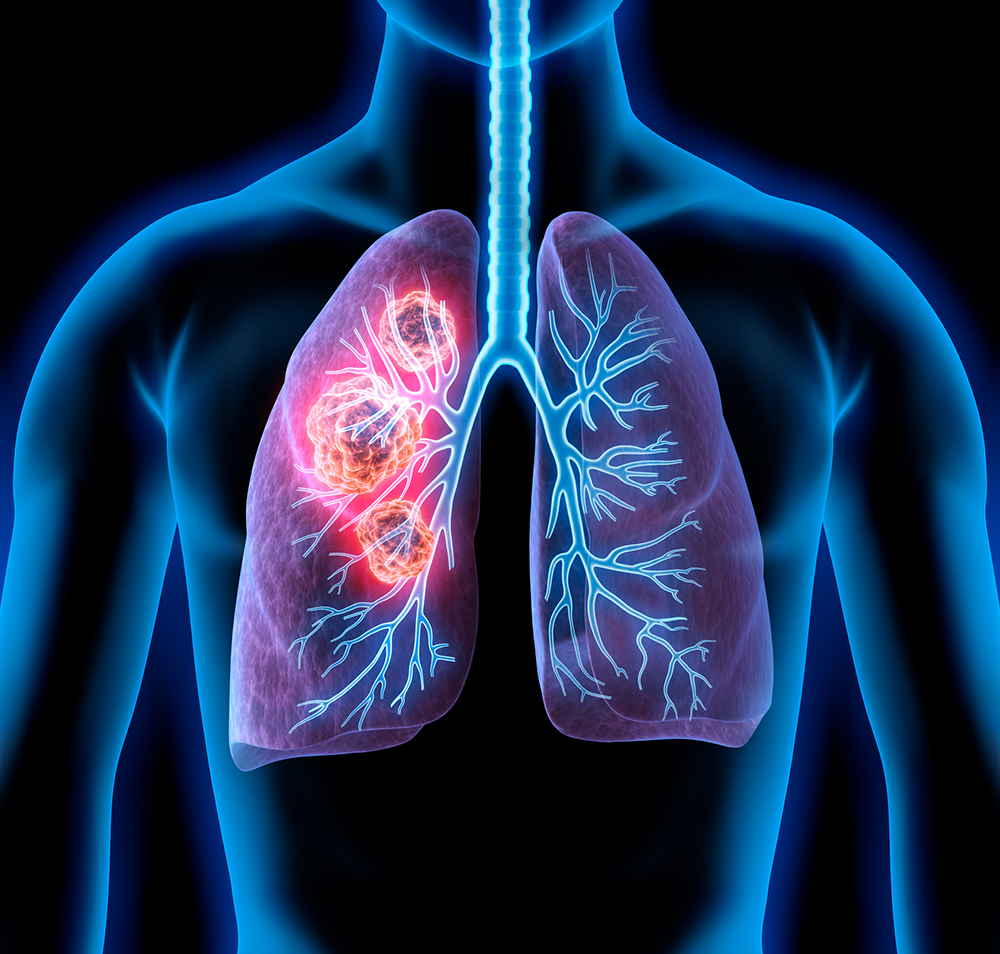Everyone is required to wear a face mask in a Minnesota Oncology clinic. Wearing a face mask in public helps prevent the spread of COVID-19 — but only if worn properly, covering both your nose and mouth. Read our mask-wearing tips to get the maximum protection for yourself and others.
Follow these guidelines to properly wear your face mask:
- Wash your hands before and after touching the mask.
- Touch only the bands or ties when putting on and taking off your mask.
- Make sure the mask fits to cover your nose, mouth and chin. If you adjust the mask to cover those areas, wash your hands before and after.
- Make sure you can breathe and talk comfortably through your mask.
- Wash reusable masks after each use. If the mask is disposable, discard it when visibly soiled or damaged.
To protect yourself and others, avoid these common mask-wearing mistakes:
- We do not recommend wearing bandanas, gaiters or masks with exhalation valves as face coverings.
- Don’t wear the mask under your chin with your nose and mouth exposed.
- Don’t leave your nose or mouth uncovered.
- Don’t remove the mask while around others in public.
- Don’t share your mask with family members or friends.
How to Choose a Face Mask
Caution: Gaiters & Face Shields are Not Proper Masks
How NOT to Wear a Mask:
How to Properly Remove a Mask:
For more information on face masks, visit: https://www.cdc.gov/coronavirus/2019-ncov/prevent-getting-sick/about-face-coverings.html



